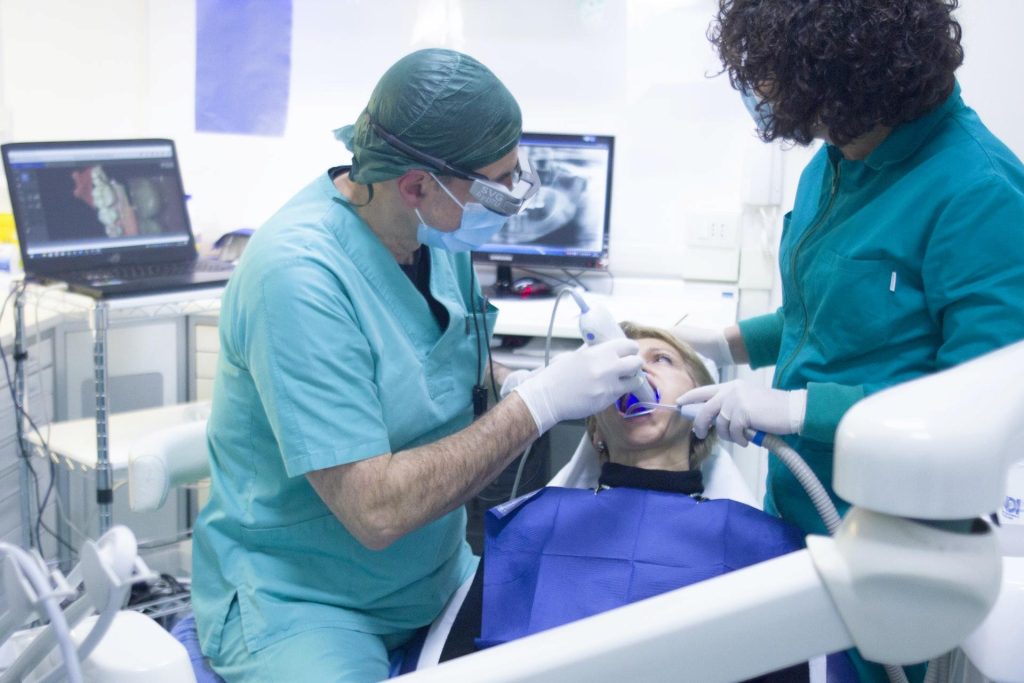We all know that it’s important to look after our teeth, but even with the best intentions teeth can become badly damaged, broken, knocked out or need to be removed, resulting in an unsightly gap that shouldn’t be there.
What Are Dental Implants?
A dental implants is an artificial tooth root made of titanium or other materials which is surgically placed into the jawbone where it is left to heal for several months so the bone can bond with the implant. Once this happens, replacement artificial teeth called crowns can then be attached to the implant with results that look, feel and function just like natural teeth.
Dental Implant Procedure
Dental implants in Essex are an effective, discreet and long-lasting solution for replacing missing teeth.
Dental implant procedures require multiple steps that are sometimes months apart, although in some cases certain steps can be combined within the same appointment or visit. The overall process will usually take around 3 to 9 months, but this can vary depending on the individual treatment plan.
Here is a guide on what an average dental implant procedure might entail;
-
Consultation
This will typically involve discussing with your dentist what it is that you are hoping to achieve and give you the chance to ask any questions you might have. They might ask about your dental history if they do not already know it and will aim to gain an in-depth understanding of your exact needs.
-
Clinical Assessment
Your dentist will undertake a thorough examination of your teeth and mouth as well as take x-rays, scans and moulds to determine exactly what is needed where and help produce an accurate plan for treatment.
-
Treatment Plan
Now they have determined that you are a suitable candidate for dental implants, your dentist will use all of the information they have gathered through the assessment to create a detailed, tailored treatment plan which breaks down what will happen at what stage and the expected timelines as well as pricing and costs. If you decide that you are happy with this then you will sign the treatment plan and arrangements will be made to book you in for the first procedure.
-
Placing The Implant
This procedure is usually done under a local anaesthetic and is relatively pain-free but if you are particularly nervous then be sure to discuss this beforehand with your dentist who may be able to offer sedation to make it a more comfortable experience for you.
Once the mouth is numb, your dentist will make a small incision in the gum and drill a small hole into the jawbone where they will then place the implant before closing the gum with stitches if needed.
At this point, it is possible in some cases to restore the smile the same day but usually, the gums and bones need adequate time to heal, so your dentist should be able to fit a temporary artificial tooth in the meantime to fill the gap until everything is healed.
-
Fitting The Replacement Teeth
Once there has been sufficient healing time and the implant has fused with the jawbone, the abutment and crown can be fitted to the implant. An abutment is placed between the implant and the crown and acts like a small cushion or shock absorber. Once the abutment is secure, the artificial crown can be fitted and the finished results are revealed.
-
Aftercare
Your dentist will provide you with advice and guidance on how to care for your new implant and let you know when you will need to attend follow-up appointments so that they can make sure your implant and your teeth are healthy.
